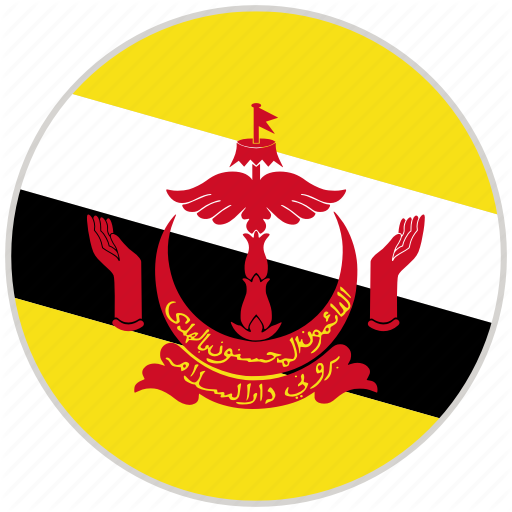The Road Towards the East Asia Economic Community (EAEC) 2020
Report of the NEAT Working Group
July 2016
Beijing
The idea of an “East Asia Economic Community” (EAEC) originates from the proposal of building an “East Asia community” (EAc) by the East Asia Vision Group (EAVG I) in 2001. The EAVG I expected that “the economic field, including trade, investment and finance, is to serve as the catalyst in this community-building process”. Ten years later, the second East Asian Vision Group (EAVG II) proposed “Realizing an East Asia Economic Community (EAEC) by 2020” as a main pillar for regional cooperation and community building. The proposal was adopted by the APT Commemorative Summit in Cambodia in 2012.
Since then, significant progress has been made towards such a goal, including, for example, the establishment of the ASEAN Economic Community (AEC), the launching of the Chiang Mai Initiative Multilateralization (CMIM) and the transition of the APT Macroeconomic Research Office (AMRO) to an international organization, the launch of the Regional Comprehensive Economic Partnership (RCEP) negotiations, etc. However, despite such progress and political will, the EAEC building still seems to lack momentum. Unlike the AEC, the EAEC so far has not yet developed any master plan or work plan. With only four years to go, skepticism and pessimism arises on the realization of the goal.
In order to assess the EAEC process, identify the major opportunities and challenges on its way, and produce action-oriented policy recommendations in the hope of turning the vision into reality, NEAT China hosted a Working Group Meeting on “The Road towards the EAEC 2020” in Beijing on July 1, 2016. About 30 participants from the APT countries attended the Meeting and contributed their wisdom based on solid academic research. The Working Group Report is produced on the basis of their papers, presentations and discussions. It consists of five sections. Section 1 is a brief review of East Asia’s experience in regional economic integration and cooperation. Section 2 reflects on the conception of the EAEC. Section 3 and Section 4 respectively discusses the main opportunities and challenges for the progress and realization of the EAEC. Section 5 highlights major policy recommendations for the EAEC building proposed at the Meeting.
For the full text of the report, click here.











.png)



.png)




